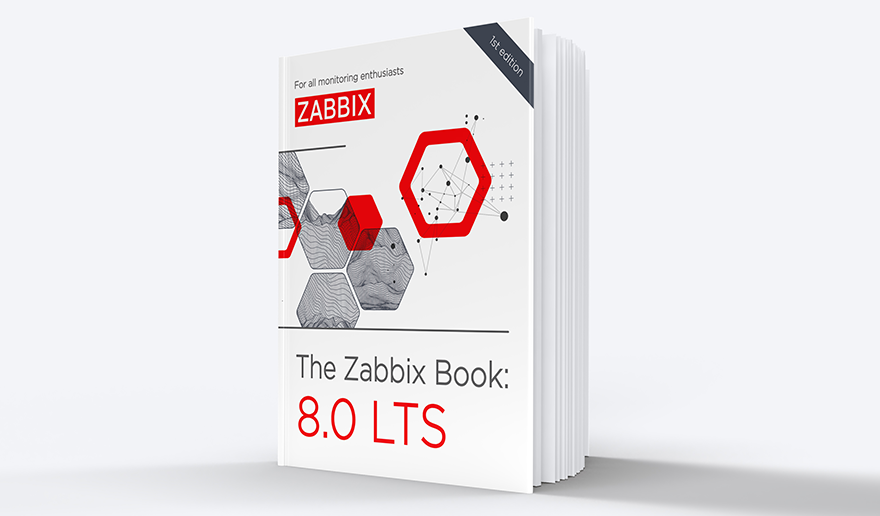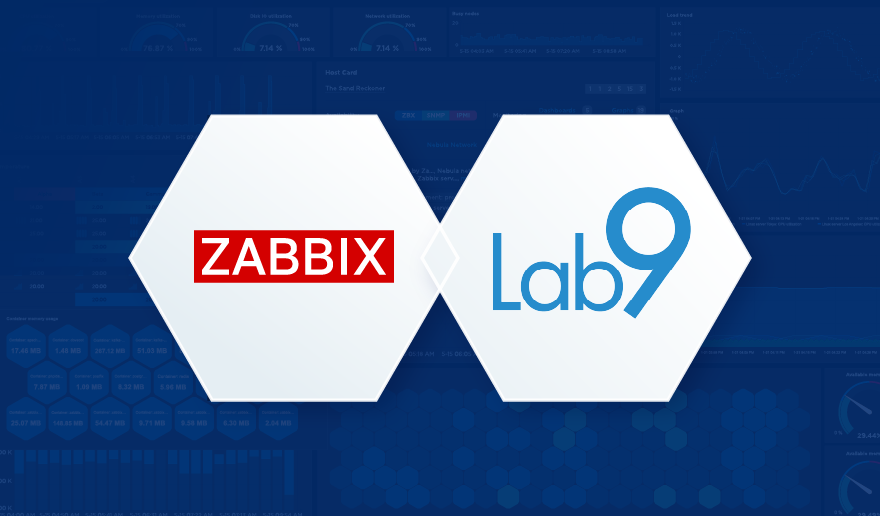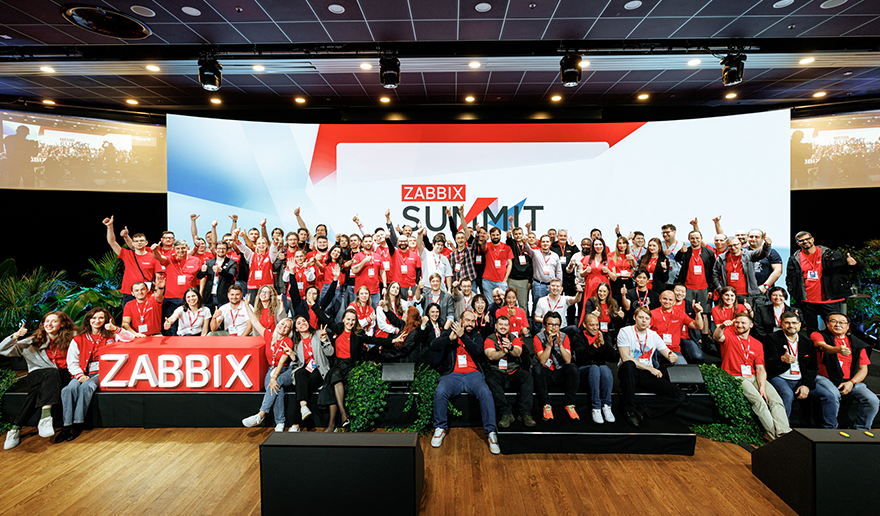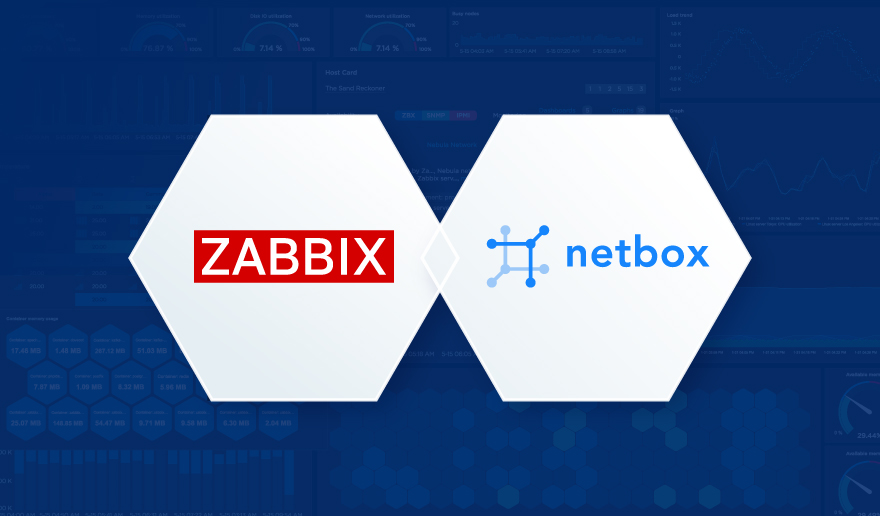S.Magalhães & Essemaga is a company that operates its own logistics chain. From request to delivery, all the process of import and export is subject to integrated planning, without third party involvement.
The headquarters and warehouses are strategically located in Santos city, the most important part of Latin America. The company has two offices located at Guarulhos and Campinas Airports. It was established in 1920.
Please describe the problem
It was challenging to find a tool adaptable to our environment, monitoring equipment, services, and systems from the most diverse manufacturers; without a high acquisition cost and with a large support network for solving problems and ideas for new implementations.
Why did you choose Zabbix?
I knew Zabbix very superficially, but in late 2018, I started researching more about the tool. When I discovered the number of functions that Zabbix had, I realized that it would be of great value to the growth of our IT department and business support.

Please describe the approach and the process of implementing Zabbix.
We started deploying Zabbix right after I participated in Zabbix Conference LatAm 2019 and passed ZCS (Zabbix Certified Specialist) and ZCP (Zabbix Certified Professional) courses in early 2019. We started by monitoring our Internet and LAN-to-LAN links, as well as the load, performance, and availability of some servers. In the second half of 2019, we were informed that we would undergo a recertification audit according to ISO 9002, in which special attention was paid to risk management. We started creating an internal system that would cover the risks of each department. The IT department had to automate data feeds into this system, because otherwise, we would have a very high need for manual labor. So the idea came up that Zabbix itself would record into our system any incidents from the beginning to the end that are part of our risk map. With that, we also started to monitor the functioning of services that we consume and ones that we provide to our customers, in addition to monitoring robots that provide internal services, such as automatic process requests and payment queries, etc.
What are the outcomes of implementing Zabbix within your organization?
After deploying Zabbix, our incident response time has been significantly reduced. Previously, we often found out about problems only when users complained, but now we work proactively to avoid incidents. Users are often unaware that the problem occurred. In addition, due to the quantity and quality of information collected, we can conduct a more accurate analysis of what is happening or what may happen, as a result, we can take preventive measures. This level of control over our resources and services has increased the confidence of the team itself, in addition to increasing the trust of our internal and external customers.
“Zabbix is so complete and flexible that, in order to integrate with our system, we activate a web service on the side of our system and in Zabbix, we create a new media type and use it to send alerts. In this way, records occur in our system when Zabbix, via message, makes a record in our web service,” Rafael Rodriguez, IT Infrastructure Coordinator, said.







 Prev Post
Prev Post 




